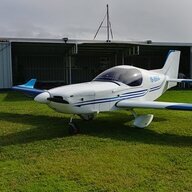-
Posts
4,826 -
Joined
-
Last visited
-
Days Won
140

kgwilson replied to danny_galaga's topic in Instruments, Radios and Electronics

kgwilson replied to RFguy's topic in Engines and Props

kgwilson replied to danny_galaga's topic in Instruments, Radios and Electronics

kgwilson replied to danny_galaga's topic in Instruments, Radios and Electronics

kgwilson replied to danny_galaga's topic in Instruments, Radios and Electronics

kgwilson replied to trike1's topic in Aircraft Incidents and Accidents

kgwilson replied to trike1's topic in Aircraft Incidents and Accidents

kgwilson replied to trike1's topic in Aircraft Incidents and Accidents

kgwilson replied to trike1's topic in Aircraft Incidents and Accidents

kgwilson replied to danny_galaga's topic in Instruments, Radios and Electronics

kgwilson replied to danny_galaga's topic in Instruments, Radios and Electronics

kgwilson replied to danny_galaga's topic in Instruments, Radios and Electronics

kgwilson replied to Jase T's topic in Aircraft Incidents and Accidents

kgwilson replied to Jase T's topic in Aircraft Incidents and Accidents

kgwilson replied to red750's topic in Aircraft Incidents and Accidents

kgwilson replied to red750's topic in Aircraft Incidents and Accidents

